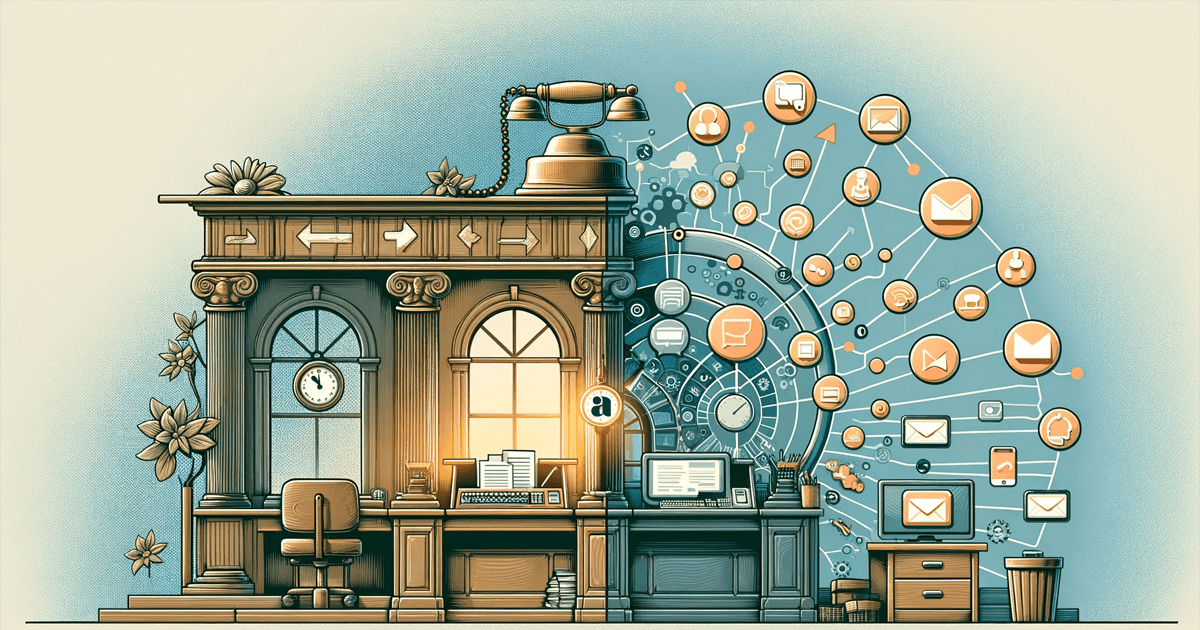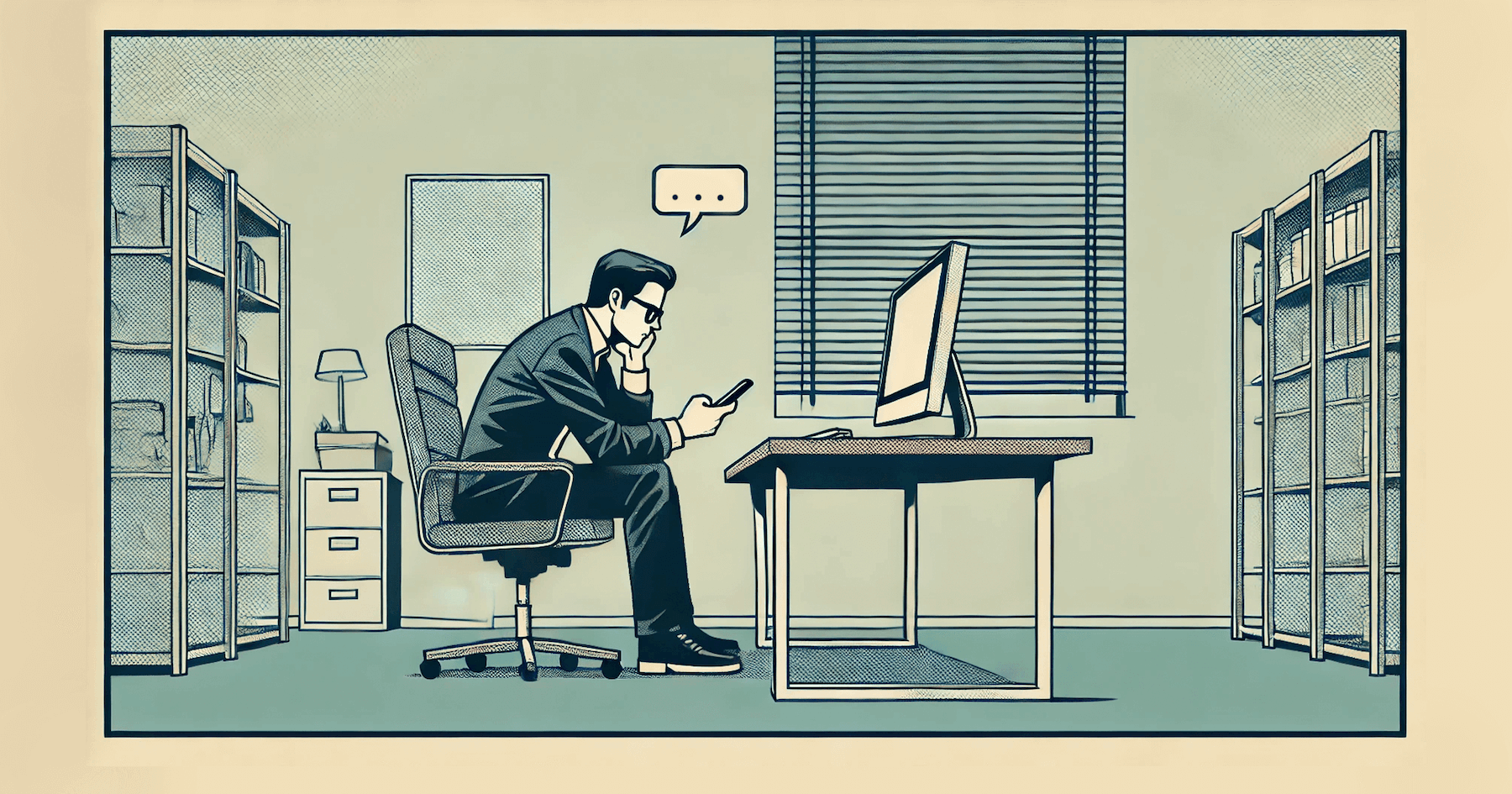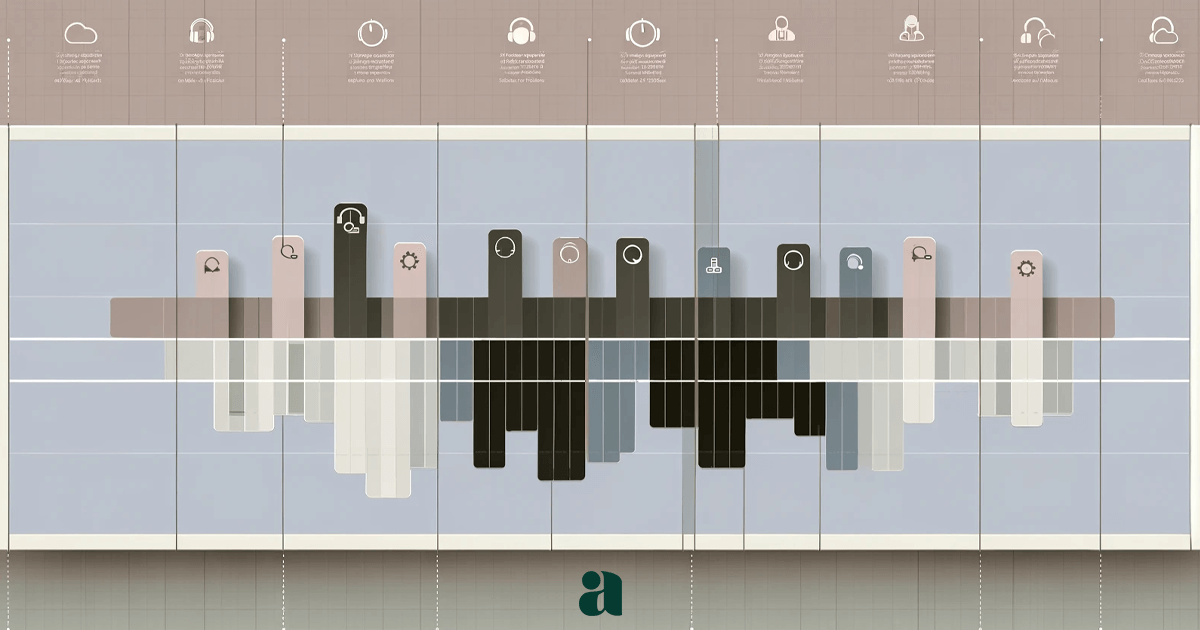Tracing the Transformation from Traditional Support Desks to Omnichannel Experiences.
Customer service has undergone a remarkable transformation over the years, evolving from simple, direct interactions to complex, multi-faceted experiences that span various channels and platforms. This evolution reflects broader changes in technology, consumer expectations, and business strategies. Here, we trace the journey of customer service from its traditional roots to today’s omnichannel experiences, highlighting key milestones and the impact of technology on its development.
The Traditional Era: Face-to-Face and Telephone Support
In the early days, customer service was predominantly face-to-face, with businesses interacting directly with customers in physical locations like stores and service centers. This period was characterized by personal, albeit limited, interactions. As telephones became widespread, call centers emerged, allowing businesses to offer support remotely. This era prioritized human interaction, with a focus on voice and personal connection.
Visual Representation: The Traditional Customer Service Desk
Imagine a bustling department store in the mid-20th century, with dedicated customer service counters where patrons queue to resolve their issues or make inquiries. The setting is personal and direct, encapsulating the essence of traditional customer service.
The Digital Shift: Email and Online Support
The advent of the internet and email communication marked a significant shift in customer service. Businesses started to adopt email as a support channel, enabling asynchronous communication that was not bound by the limitations of store hours or telephone lines. This period also saw the rise of company websites and FAQs, providing customers with self-service options and the ability to seek help outside of traditional business hours.
Visual Representation: The Early Digital Customer Service Interface
Picture an early 2000s computer screen displaying a simplistic, yet functional, customer support webpage with an FAQ section and an email contact form. This represents the digital transition, where customer service began to break free from the constraints of time and location.
The Rise of Multichannel Support
As technology advanced, so did customer service channels. The introduction of live chat and social media platforms like X and Facebook added new dimensions to customer support. Businesses began to adopt a multichannel approach, offering support across several platforms to meet customers where they were. This period emphasized the importance of presence across multiple digital platforms, but often lacked integration between channels, leading to fragmented customer experiences.
Visual Representation: Multichannel Customer Service Dashboard
Envision a customer service agent’s dashboard, bustling with different tabs and windows for emails, live chats, and social media inquiries. Each channel operates independently, showcasing the multichannel approach’s breadth but also its potential for disjointed customer experiences.
The Omnichannel Era: Seamless, Integrated Experiences
Today, we are in the omnichannel era, where the focus is on providing a seamless customer service experience across all channels. Technology such as CRM systems, AI, and machine learning play crucial roles in integrating these channels, ensuring that customer data and history are accessible regardless of the touchpoint. This approach aims to offer a cohesive and personalized customer service experience, whether the customer reaches out via social media, live chat, email, or phone.
Visual Representation: The Omnichannel Customer Experience
Imagine a customer moving effortlessly from chatting with a bot on a website, to a live chat with an agent, and then to a follow-up email, all without having to repeat their issue or context. This seamless transition across platforms embodies the omnichannel experience’s ideal, where technology bridges the gap between different service channels.
Conclusion
The evolution of customer service from traditional desks to omnichannel experiences reflects broader technological and societal changes. Today’s omnichannel approach is not just about being present on multiple platforms but about integrating these platforms to provide a seamless and personalized customer experience. As technology continues to evolve, so will the ways in which businesses interact with their customers, promising even more innovative and customer-centric service models in the future.
Through this journey, one thing remains clear: the core of customer service—helping and connecting with customers—remains unchanged, even as the methods and platforms through which this service is delivered continue to transform.



